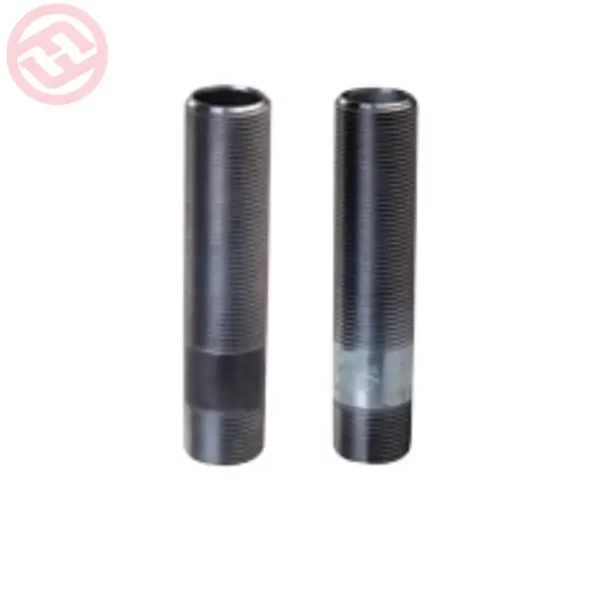How does the flexibility of Screw fittings compare to other fittings?
Screw fittings, also known as threaded fittings, offer a certain level of flexibility compared to other types of fittings, but they also have limitations.
Here’s how the flexibility of screw fittings compares to other fittings:
- Ease of Installation: Screw fittings are relatively easy to install compared to welded or soldered fittings, as they typically require only basic tools like wrenches or pipe wrenches. This ease of installation adds a level of flexibility, allowing for quicker assembly and disassembly without the need for specialized equipment or skills.
- Modularity: Screw fittings are modular in nature, meaning they can be easily disconnected and reconnected, making them suitable for applications where frequent modifications or repairs are necessary. This modularity enhances system flexibility by enabling changes to be made without disrupting the entire system.
- Compatibility: Screw fittings are compatible with a wide range of pipe materials, including steel, brass, copper, and PVC. This compatibility adds to their flexibility, as they can be used in various piping systems and applications without requiring specialized adapters or connectors.
- Range of Sizes and Configurations: Screw fittings are available in a wide range of sizes and configurations, including elbows, tees, couplings, and adapters. This variety allows for flexibility in system design, enabling the creation of complex piping layouts and configurations to meet specific requirements.
- Pressure and Temperature Limitations: One limitation of screw fittings is their pressure and temperature limitations compared to other types of fittings, Screw fittings such as welded or flanged fittings. Screw fittings may not be suitable for high-pressure or high-temperature applications, as the threaded connections may be prone to leaking or failure under extreme conditions.
- Sealing Reliability: The sealing reliability of screw fittings depends on factors such as the quality of the threads, the use of thread sealants or tape, and the proper tightening torque. While screw fittings can provide a reliable seal when installed correctly, they may be more prone to leaks compared to welded or compression fittings, particularly in applications with vibration or movement.
- Aesthetics: Screw fittings may not offer the same level of aesthetic appeal as other types of fittings, such as soldered or welded fittings, due to the visible threads and connections. This may be a consideration in applications where appearance is important.
In summary, screw fittings offer a level of flexibility in terms of ease of installation, modularity, compatibility, and range of sizes and configurations. However, they also have limitations in terms of pressure and temperature capabilities, sealing reliability, and aesthetic appeal compared to other types of fittings such as welded, soldered, or compression fittings. The choice of fitting type depends on the specific requirements of the application, including operating conditions, system design, and installation preferences.
